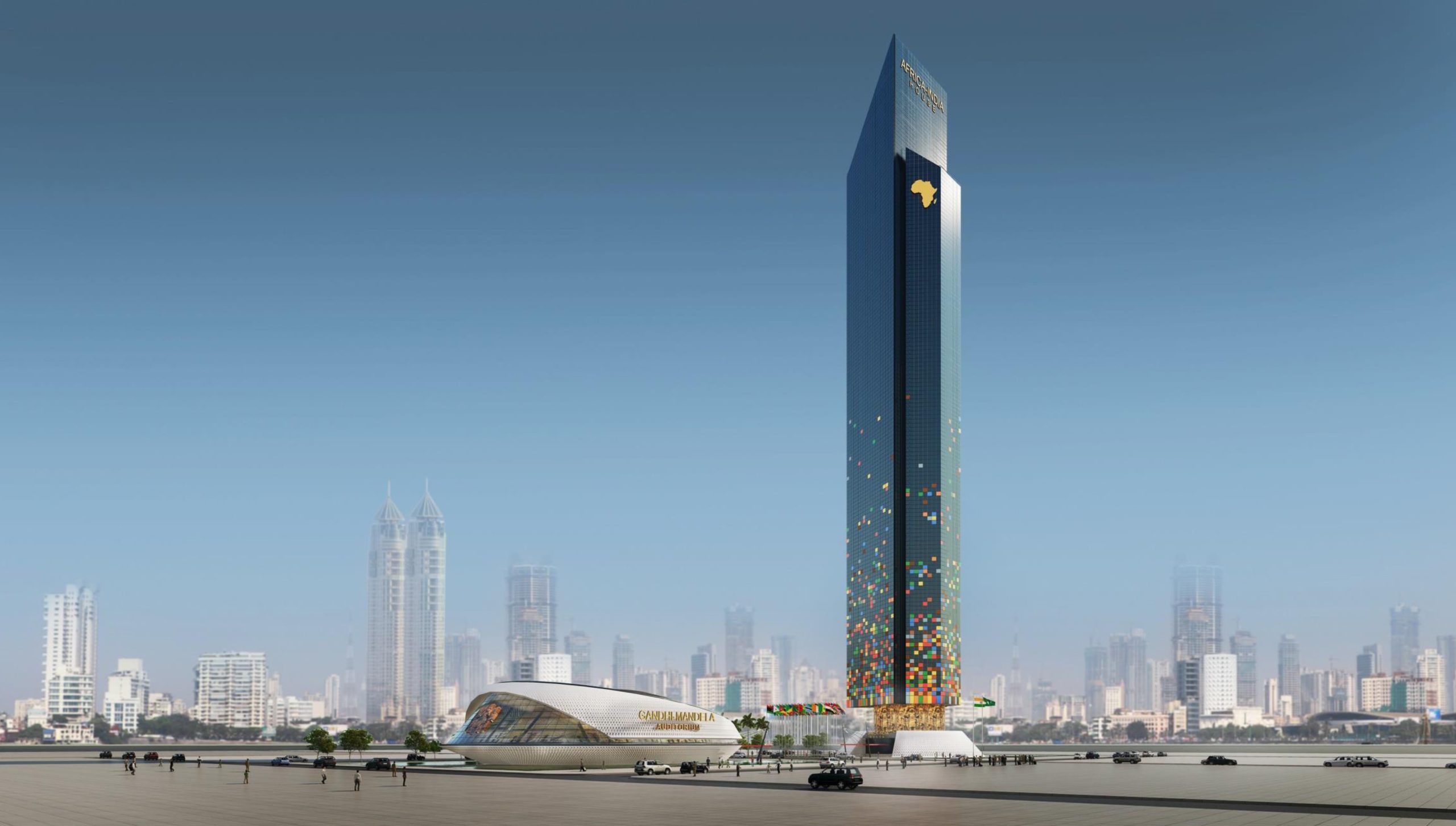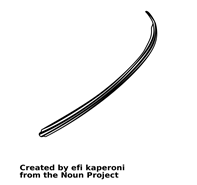Sectors

Education
With the African youth population expected to reach 830 million by 2050, the Sub-Saharan Africa region is challenged to tackle high levels of youth unemployment, to close the skill gaps, and to address the skills mismatch between higher education and industry demands.
The situation is compounded by rapid technological advancements in automation, digitalization, information and communication technologies, and artificial intelligence, which requires higher education to respond by upgrading the knowledge and skill sets of graduates.
Supporting graduates to acquire professional skills through quality higher technical education is key to tapping into the gigantic pool of human capital towards the building of prosperous, inclusive, and equitable societies.
“To catalyse education and skills revolution and actively promote science, technology, research and innovation, to build knowledge, human capital, capabilities and skills to drive innovations and for the African century” – Africa Union 2063 Agenda AIEF draws its inspiration from the The Global Education 2030 Agenda UNESCO, which aims to “ensure inclusive and equitable quality education and promote lifelong learning opportunities for all.
Infrastructure
The Agenda 2063 of the African Union, which aims to achieve inclusive and sustainable goals, lays great emphasis on world class infrastructure that criss-cross Africa and which will improve connectivity through newer and bolder initiatives to link the continent by rail, road, sea and air; and developing regional and continental power pools, as well as ICT.
A major infrastructure thrust has come from the African Development Bank, with its ‘High 5s’ — Strategy to Light Up and Power Africa, Feed Africa, Integrate Africa, Industrialize Africa, and Improve the Quality of Life for the People of Africa. The cost of accomplishing these projects will be huge. According to the African Development Bank’s estimates, the infrastructure needs of the continent entail investments of US$ 130-170 billion a year, and the current gap is US$ 68 – 108 billion.

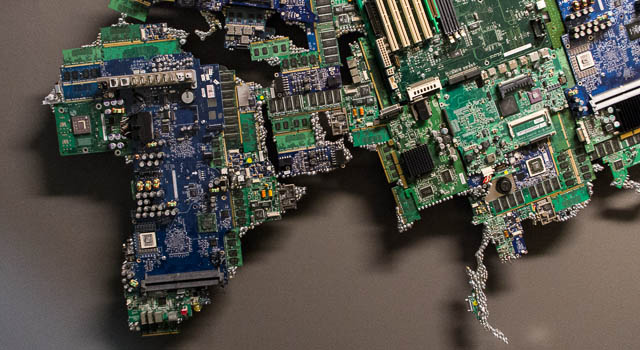
IT/ITeS
The potential of the information technology domain that has held sway across global markets, influencing and impacting a broad spectrum of industries, has made foray into the Africa region, which is now seeing new initiatives to power IT and IT-enabled Service (ITeS) businesses that in the coming years will have a profound impact on Africa’s growth and development. One report has it that there are now an estimated 643 tech hubs across the continent, with the largest groupings being in Nigeria, Egypt, Kenya, and South Africa. 41% of the “tech hubs” are incubator facilities, 24% are innovation hubs, and 14% are accelerators, according to Forbes. Although Internet penetration and broadband connectivity in Africa are still way below global average, the conditions for building IT / ITeS businesses are improving.
Agriculture
frica has 60-65% of the world’s arable land, and agriculture accounts for 65% of the region’s employment and about 30% of GDP. Yet, as per FAO’s ‘State of Food Security and Nutrition in the World Report’, 2019, “Hunger is on the rise in almost all subregions of Africa, where the prevalence of undernourishment has reached levels of 22.8% in sub-Saharan Africa”. If Africa’s farm sector potentials are best harnessed, the continent will not only be able to adequately meet its own food needs but also become a source of prosperity too, through exports. In this light, the African Development Bank’s Feed Africa programme and the African Union’s Comprehensive Africa Agriculture Development Programme (CAADP), are focused on improving food and nutrition security, and increasing incomes in Africa’s largely farming-based economies
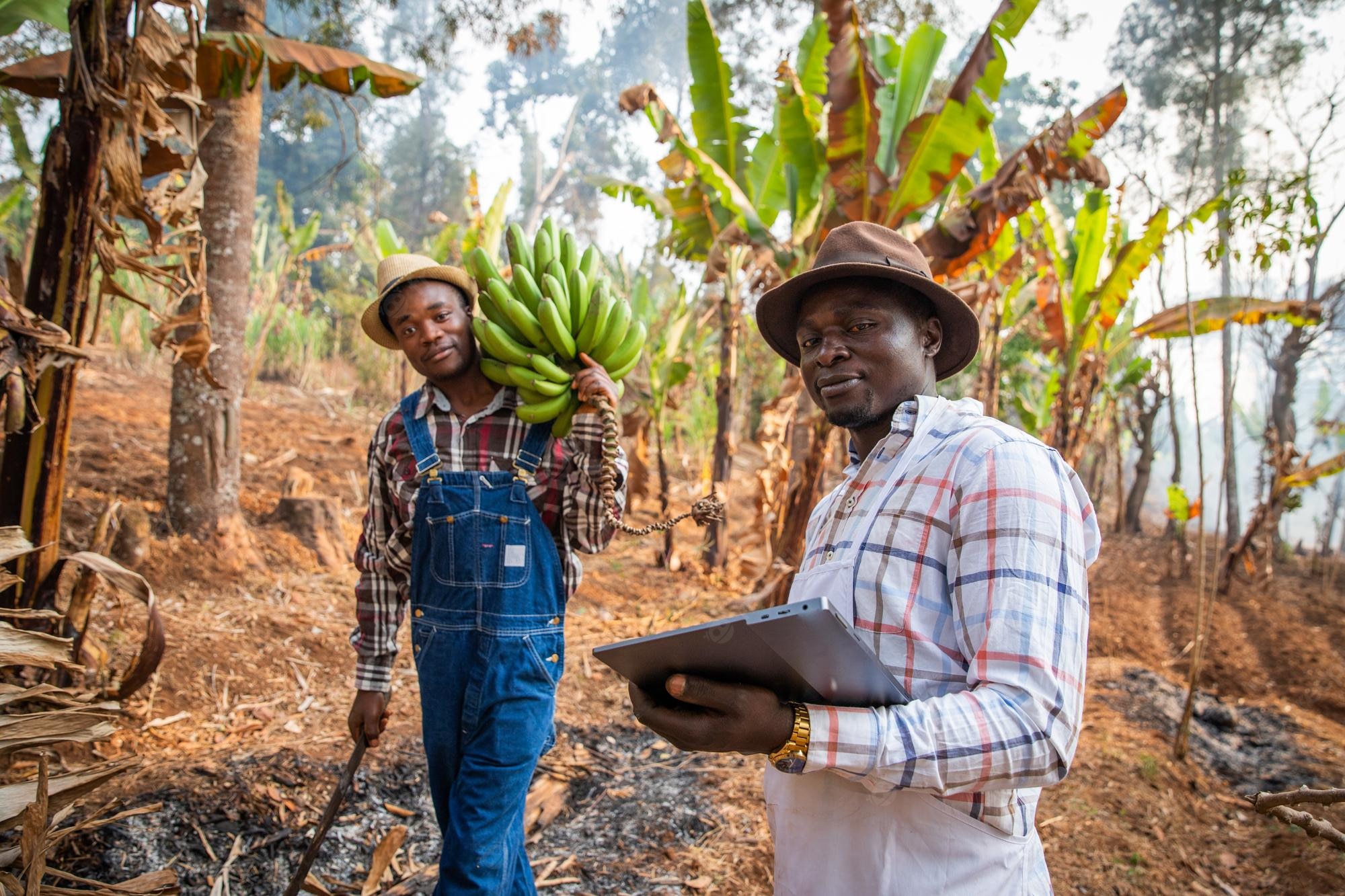

Energy
Energy security is fundamental to sustaining Africa’s economic growth momentum seen in the last two decades, barring the current Covid19-pandemic impacted period. The International Energy Agency (IEA) in its ‘Africa Energy Outlook 2019’ report states that Africa will emerge as a major force in global oil and gas markets as more than half a billion people add to the region’s urban population by 2040. However, it is estimated that in 2030, 530 million people will still lack access to electricity and nearly one billion people will not have access to clean cooking. While conventional energy resources will support Africa’s thrust on achieving energy security, it is imperative for African countries to develop green energy in a big way for meeting the electricity needs of rural areas, private and public transportation, and industrial needs.
Tourism
The Covid19 pandemic has laid waste to the global tourism and hospitality sectors, but there is renewed expectation of a strong business rebound in these sectors as the world prepares to contain and eliminate the virus spread. The tourism industry contributes an estimated 5% of Africa’s GDP, and 30% of service exports, while providing about 235 million jobs. According to one study, by 2030, consumer spending on tourism, hospitality and recreation in Africa is projected to reach about US$261.77bn, i.e., US$137bn more than it was in 2015. The Indian tourism and hospitality majors could play an instrumental role in modernising and expanding the physical infrastructure needed for these sectors in Africa, extending training facilities to the large young workforce in the region. Destination Africa could also be promoted widely in India through bilateral cooperation.
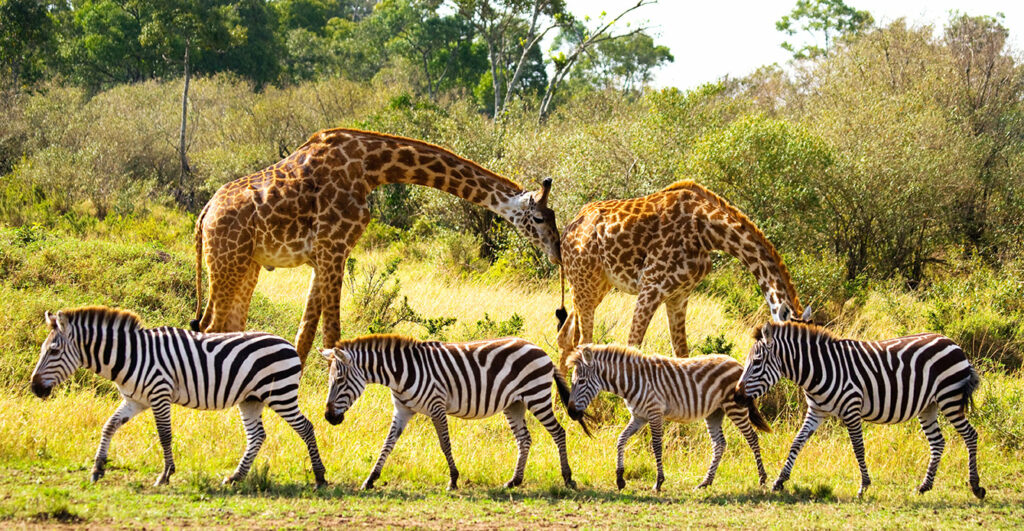

Healthcare
Healthcare in Africa is a priority sector. Currently about half the population of Africa does not have access to modern healthcare. Ensuring access to clean water and sanitation, battling ongoing communicable diseases and stemming the tide of preventable deaths still dominate the healthcare agenda in many countries.
Access is still the greatest challenge to health care delivery in Africa. African countries have to embrace technology to close the health care gap, and private-public partnerships can help with that. Much of the current focus of health care delivery in Africa is on traditional and visible factors. However, changes in lifestyle and a growing middle class are making non-communicable diseases like cardiovascular disease, cancer, and diabetes big issues among populations
Telecommunications
Telecommunications has been an important driver of Africa’s economic growth in the last five years. The market is increasingly competitive, and world-class local enterprises are emerging in voice and data services. Telecom revenues have increased at a compound annual growth rate (CAGR) of 40 percent, and the number of subscribers rapidly exceeded 400 million. To meet the increased demand, investment in telecom infrastructure—about $15 billion a year—has also grown massively, with a 33 percent CAGR from 2003 to 2008.
About 50 percent of the growth in voice will come from rural areas.


Fintech
.Africa’s financial services sector is projected to grow by 8.5% a year, and with the continent’s retail banking penetration rate at just 38%, the sector will likely remain attractive for the next decade. Mobile money alone in West Africa serves 13 times more customers than traditional banks. Africa’s fintech sector is already attracting multinational players such as Mastercard, which participated in Nigerian fintech company Flutterwave’s $20 million funding round. Similarly, Stripe recently acquired Lagos-based startup Paystack for over $200 million, a successful exit that will further contribute to the growing investor interest in this sector.PAPSS – the Pan-African Payment and Settlement System – is a cross-border, financial market infrastructure enabling payment transactions across Africa.
About 50 percent of the growth in voice will come from rural areas.
Mining
Africa is endowed with abundant mineral resources, including gold, silver, copper, uranium, cobalt, and many other metals which are key inputs to manufacturing processes around the world. The mining and extractive sector has contributed and continues to contribute a significant share of Africa’s exports, revenue and GDP annually. In 2019, minerals and fossil fuels accounted for over a third of exports from at least 60% of African countries. Additionally, 42 out of 54 African countries are classified as resource dependent, with 18 countries classified as dependent on non-fuel minerals, 10 as dependent on energy or fuel exports and the rest as dependent on agricultural exports. Mineral resources contribute a significant amount of fiscal revenues, foreign currency reserves and employment to African countries. Clearly, the mining and natural resources sector is critical in driving economic growth and development on the continent.
About 50 percent of the growth in voice will come from rural areas.

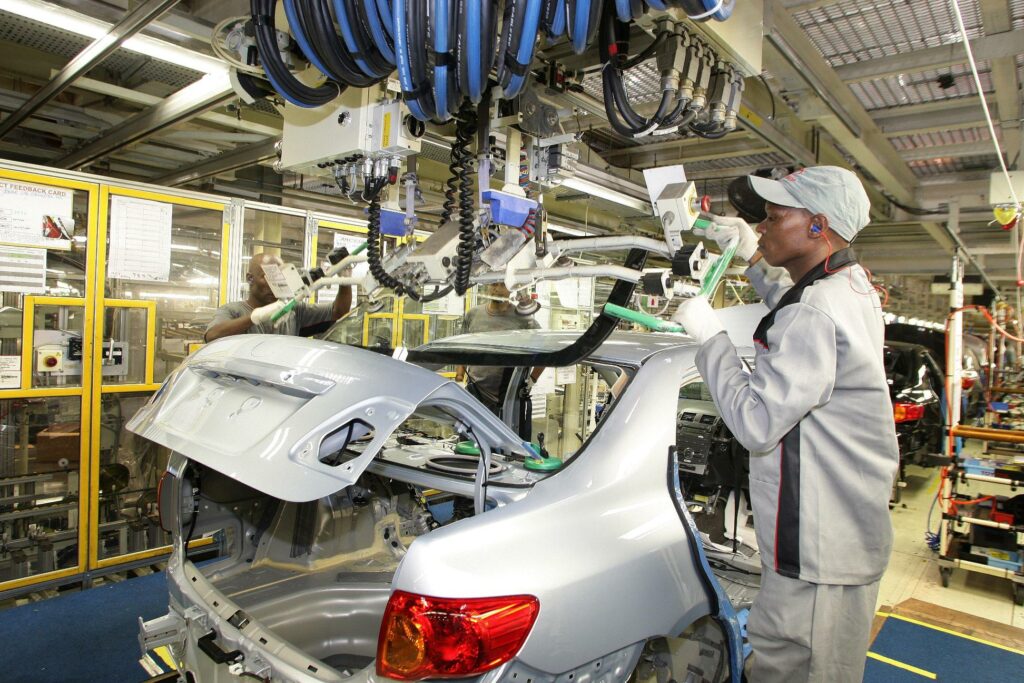
Automobiles
As the cost of raw materials and labour rises in Europe (including Eastern Europe) and the rest of the world, Africa is poised and ready to take over as an auto industry hub and welcome in car manufacturers to bolster its own supply industry – and it’s working.
African countries, including Morocco, Angola, Ethiopia, Ghana, Kenya, Namibia, Nigeria and Rwanda are emerging as automotive manufacturing hubs.
In 2018, Morocco overtook South Africa as the biggest African exporter of passenger cars with exports in 2019 at €8.5bn. Daimler and BMW are among the primary car companies in Africa, making up over 90% of all passenger cars produced. The majority (80%) of the 400,000 cars produced in Morocco are sold in Europe.
In Sub-Saharan Africa, local markets are growing, supplying products and parts to automakers, from seats to axles, local content accounts for 60% of the final product. Labour costs can be as high as 75% cheaper than in European countries (even Eastern Europe).
Egypt is also widely expected to become a primary automotive manufacturing centre. Chinese automaker Dongfeng signed an agreement in January with beleaguered, state-owned El Nasr Automotive Manufacturing Company to jointly produce EVs in Egypt.
In September 2021, Stellantis announced that the Opel Rocks-e (small electric car) would be produced at the PSA plant in Kenitra, northeast of Rabat, Morocco, which has the capacity to make 200,000 vehicles a year.
Logistics and Supply chain
On January 1st, 2021, the African Continental Free Trade Area (AfCFTA) started to trade under the preferential terms. This world’s largest trade bloc by number of participants, with 54 member states, aims to gradually reduce 90% of the tariffs over 5 years. More than 81% of products are currently traded under preferential terms, with negotiations on the remaining 19% aimed to be concluded by July 2021. 35 out of the 54 signatories have ratified the agreement, including the three largest African economies: Nigeria, South Africa, and Egypt.
The AfCFTA signals a major effort towards a more integrated African regional economy as well as the will to better include Africa in the global supply chain.
Currently, Africa engages in the global value chain mainly via the supply of primary goods. In comparison to other regions, like the Americas, Asia and Europe, the intra-trade level in Africa is significantly lower . The AfCFTA, by boosting the intra-regional economy, can bring new dynamics to Africa’s participation in the global value chain.

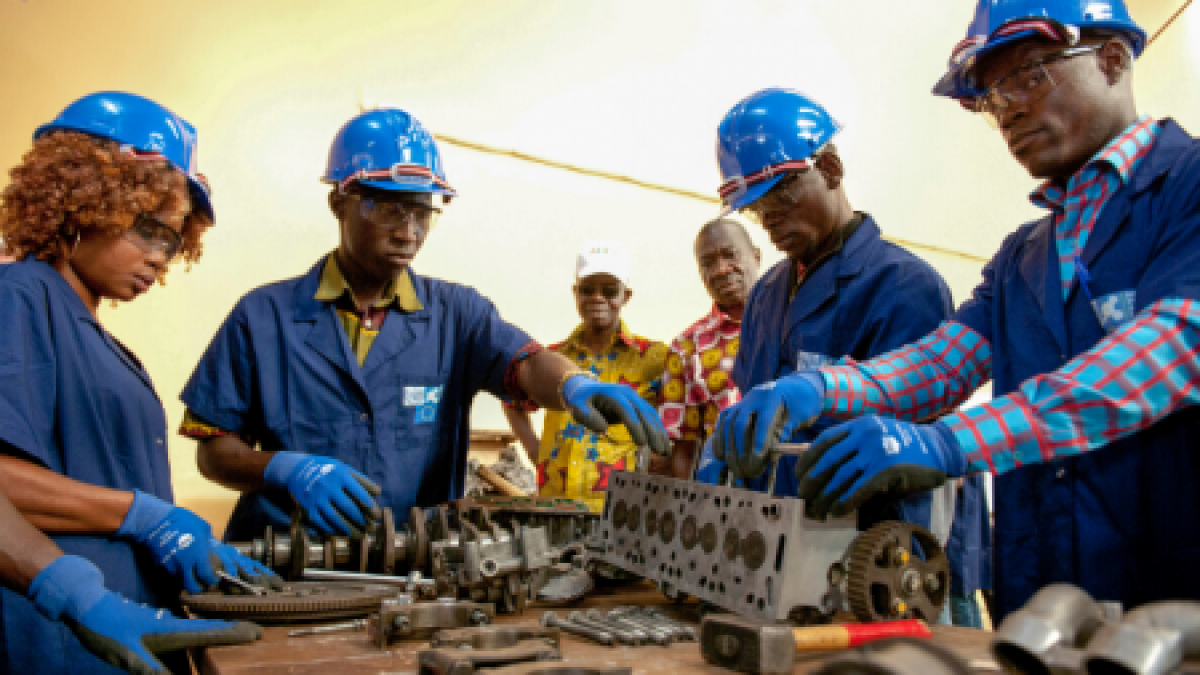
Skill Development
Africa’s youth population is rising exponentially, but many African graduates are failing to find good jobs. A new African Development Bank Group paper recommends that African countries invest in vocational training across education institutions and industry. It also highlights the immediate benefits that more apprenticeships could provide for young Africans and employers. Foreign institutions recruiting in Africa should conduct thorough research to identify skills shortages and mismatches in order to better target labour market demand. The AfDB recommends that: “African countries should create skills enhancement zones where governments, the private sector, academic institutions, and nongovernmental organisations collaborate on the design and implementation of plans for selected industries with strong competitive potential (mainly agroindustry, light manufacturing, and tourism). They are public-private centers where (mostly) young people are exposed to a wide set of skills across sectors, connected to industrial clusters, and prepared for entrepreneurship.
Africa’s youth population is rising exponentially, but many African graduates are failing to find good jobs. A new African Development Bank Group paper recommends that African countries invest in vocational training across education institutions and industry. It also highlights the immediate benefits that more apprenticeships could provide for young Africans and employers. Foreign institutions recruiting in Africa should conduct thorough research to identify skills shortages and mismatches in order to better target labour market demand. The AfDB recommends that: “African countries should create skills enhancement zones where governments, the private sector, academic institutions, and nongovernmental organisations collaborate on the design and implementation of plans for selected industries with strong competitive potential (mainly agroindustry, light manufacturing, and tourism). They are public-private centres where (mostly) young people are exposed to a wide set of skills across sectors, connected to industrial clusters, and prepared for entrepreneurship.
About 50 percent of the growth in voice will come from rural areas.

